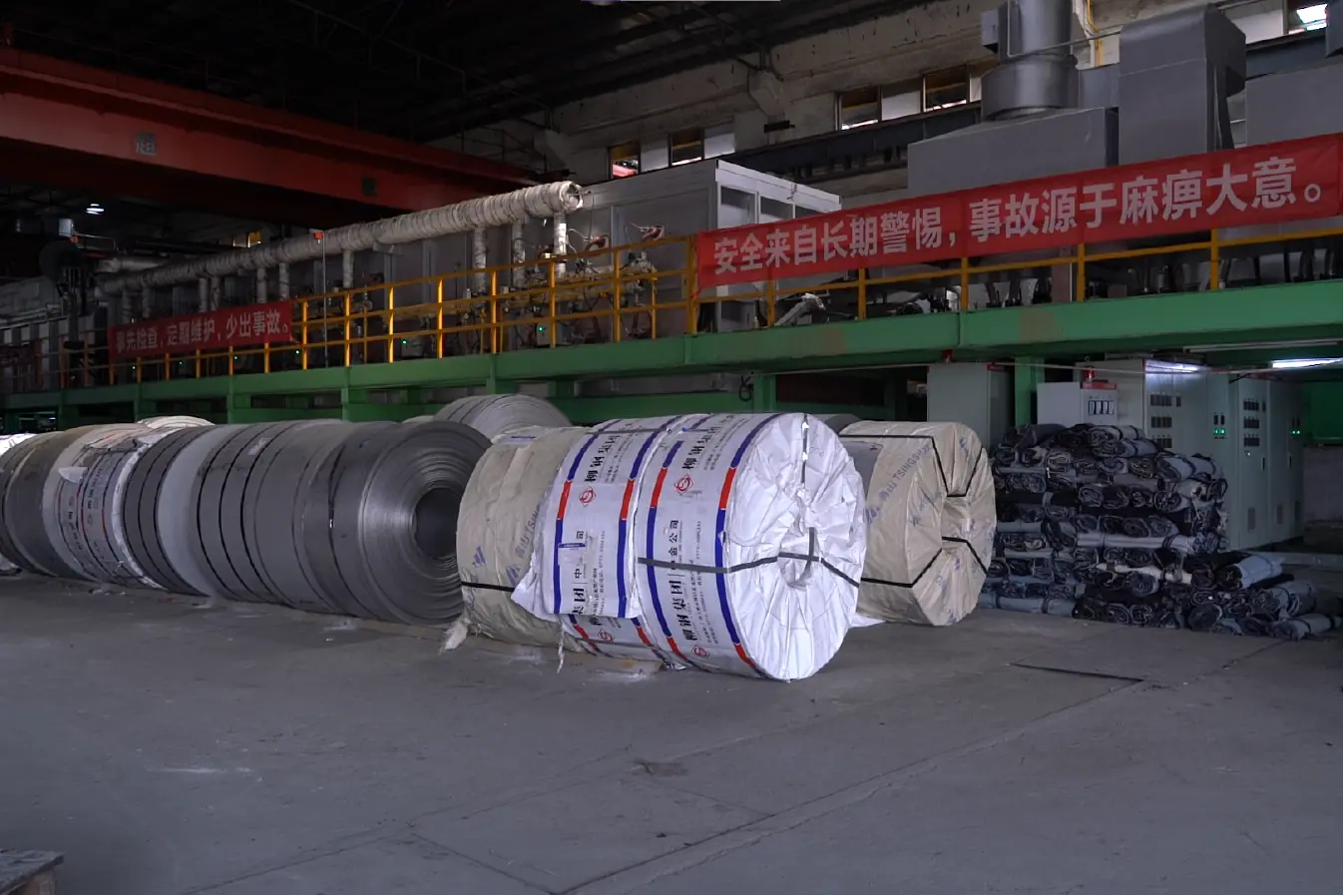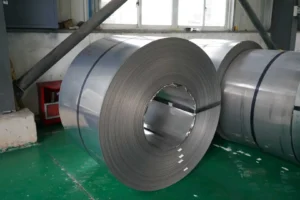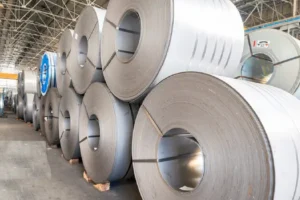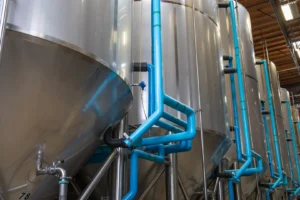A Buyer's Quick Guide: How to Use a Stainless Steel Grades Chart for Material Selection
Choosing the wrong stainless steel grade is a costly mistake. This error can lead to project failures and budget overruns. A grades chart is your key to making the right choice.
A stainless steel grades chart helps you compare key properties like corrosion resistance, strength, and cost across different grades. You use it by matching these properties to your specific application's environmental and mechanical requirements to ensure optimal performance and cost-efficiency.
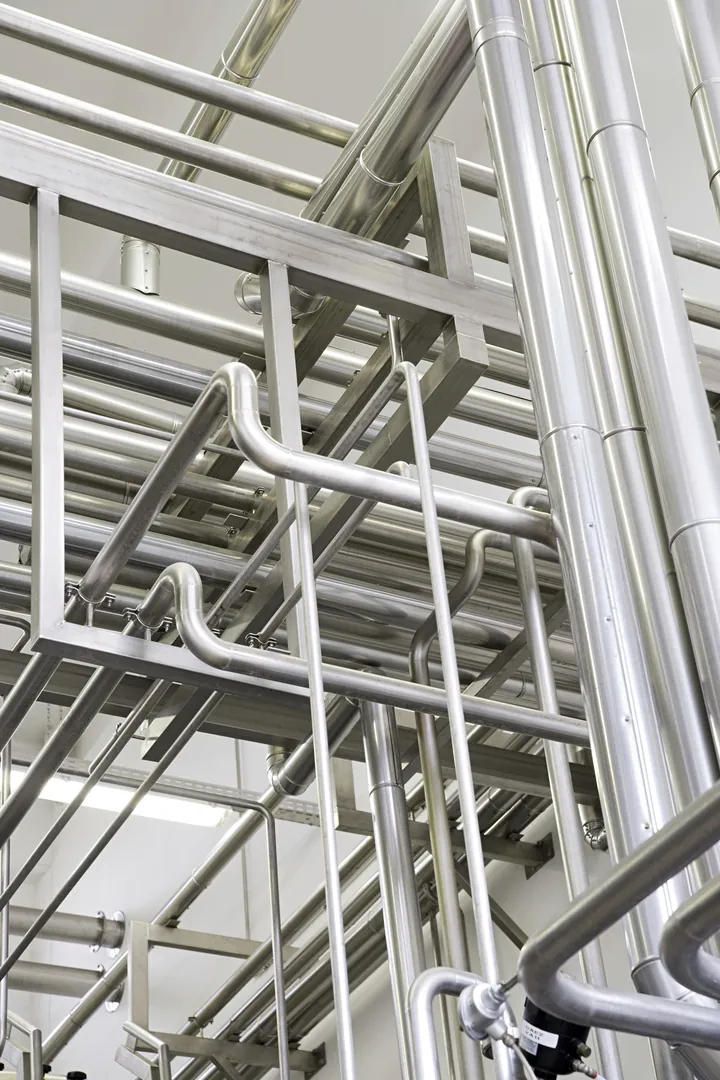
It sounds simple, but the details are what separate a good choice from a great one. As someone who navigates these decisions with partners daily, I want to break down how you can use this powerful tool to your advantage. Let's walk through the process step-by-step, transforming a complex chart into a clear roadmap for your procurement needs.
Why is Understanding Stainless Steel Grades So Important?
A grade is much more than just a number. Choosing incorrectly compromises the safety, durability, and performance of your final product. Understanding grades ensures your project's integrity and long-term success.
Understanding stainless steel grades is crucial because each grade offers a unique combination of properties like corrosion resistance, strength, and heat resistance. Selecting the right grade prevents premature failure, reduces maintenance costs, and ensures the material is perfectly suited for its intended environment and application.

In my role as Global Business Director at MFY, I’ve seen firsthand how critical this initial decision is. The choice of grade is the foundation upon which the performance and lifecycle cost of a project are built. For our partners in demanding sectors like construction and automotive, precision isn't a luxury; it's a necessity. They require materials that can withstand specific corrosive agents, mechanical stresses, and temperature fluctuations. A simple mismatch can lead to catastrophic failures. I remember a construction client in Southeast Asia who initially specified a standard grade for a coastal building facade. We reviewed their plans and guided them to a marine-grade 316L[^1] instead. That simple switch saved them from the certainty of rust staining and costly structural repairs within a few years. This is why we emphasize that understanding grades is the most critical risk-mitigation step in the procurement process. It's about moving beyond the initial purchase price to consider the total cost of ownership.
Beyond the Surface Finish
The visual appeal of stainless steel is universal, but its true value lies in its underlying chemistry. Two pieces of steel might look identical, but their performance can be worlds apart. This is where the grade designation becomes your most important specification.
Cost vs. Lifecycle Value
A lower-cost grade might seem attractive upfront, but if it fails prematurely, the replacement costs—including labor, downtime, and material—will far exceed the initial savings. A properly selected grade delivers value for decades.
| Feature | Grade 304 (Standard) | Grade 316 (Marine) |
|---|---|---|
| Environment | General atmospheric | Coastal, chemical, high-chloride |
| Initial Cost | Lower | Higher |
| Lifecycle Cost | High in corrosive environments | Low in corrosive environments |
| Result | Risk of premature failure | Long-term reliability |
How Do You Actually Read a Stainless Steel Grades Chart?
These charts can look complex, filled with technical data. This can be intimidating and easily lead to misinterpretation. Let's decode the key columns and rows together.
To read a stainless steel grades chart, start by identifying the grade number (e.g., 304, 316). Then, look across the corresponding row to find key data points like chemical composition (Cr, Ni, Mo), mechanical properties (tensile strength), and corrosion resistance ratings.
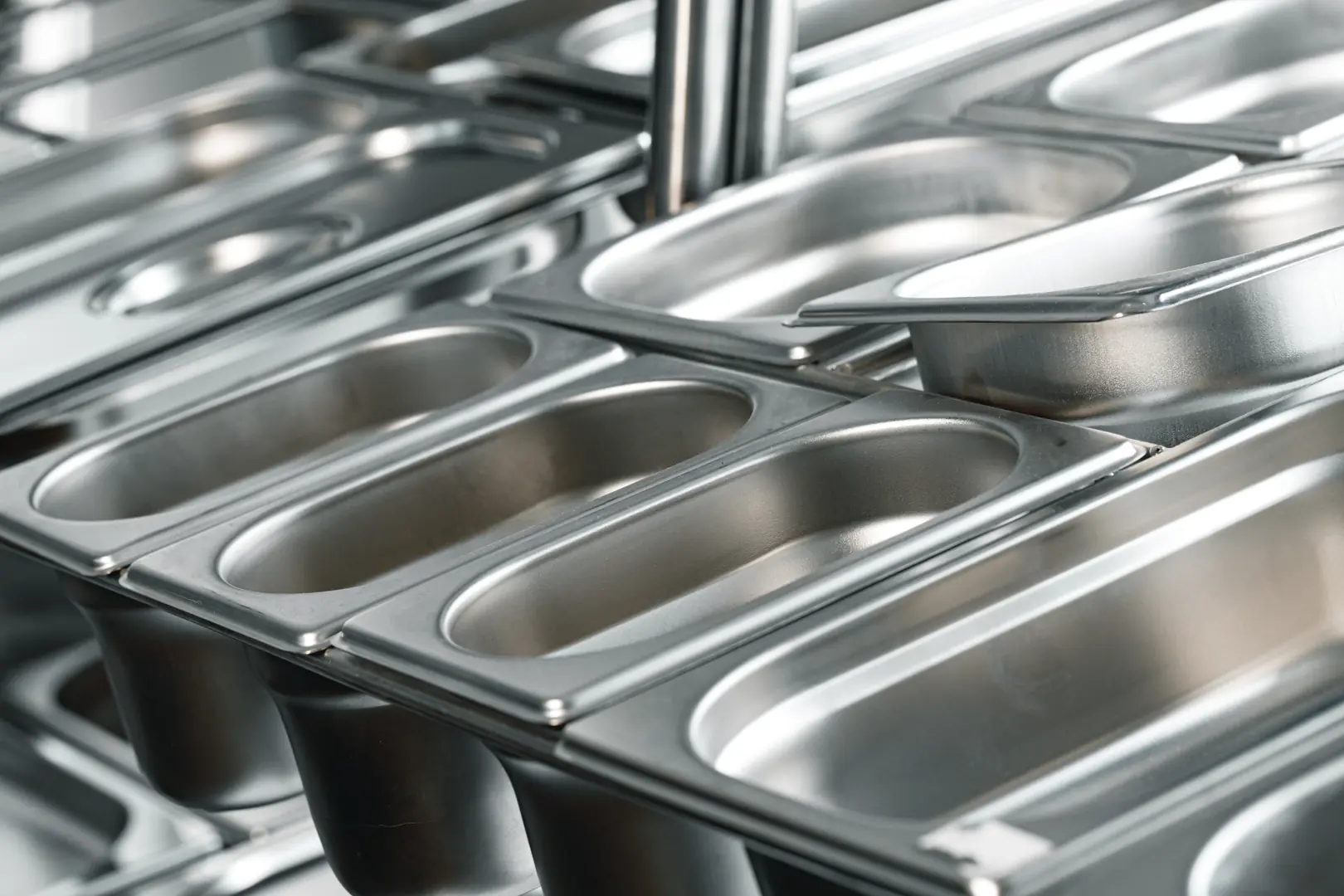
Think of a grades chart as the nutritional label for your material. It tells you exactly what's inside and how it will perform. At MFY, we provide our clients with both detailed technical data sheets and simplified charts to make this process easier. The goal is to empower you to make an informed comparison. Let’s break down the most important sections you'll encounter.
Decoding Chemical Composition
This is the DNA of the steel. The percentages of different elements determine its fundamental properties.
| Element | Symbol | Primary Function |
|---|---|---|
| Chromium | Cr | The most important element for creating the passive, corrosion-resistant surface layer. |
| Nickel | Ni | Stabilizes the austenitic structure, improving formability, weldability, and toughness. |
| Molybdenum | Mo | Significantly enhances resistance to pitting and crevice corrosion, especially in chloride environments (like saltwater). |
| Carbon | C | Increases hardness and strength, but higher levels can reduce corrosion resistance after welding. |
Understanding Mechanical Properties
This section tells you how the material behaves under stress. Key metrics include Tensile Strength (the maximum stress it can withstand before breaking) and Yield Strength (the stress at which it begins to deform permanently). For applications requiring forming or bending, look at Elongation, which measures ductility.
What are the Key Features of Common Stainless Steel Grades?
Hundreds of stainless steel grades exist. It's impossible and unnecessary to know them all. The key is to focus on the most common families: Austenitic, Ferritic, and Duplex.
The most common grades fall into families. Austenitic (300 series, like 304/316) offers excellent corrosion resistance and formability. Ferritic (400 series, like 430) is magnetic and cost-effective. Duplex grades (like 2205) provide high strength and stress corrosion cracking resistance.
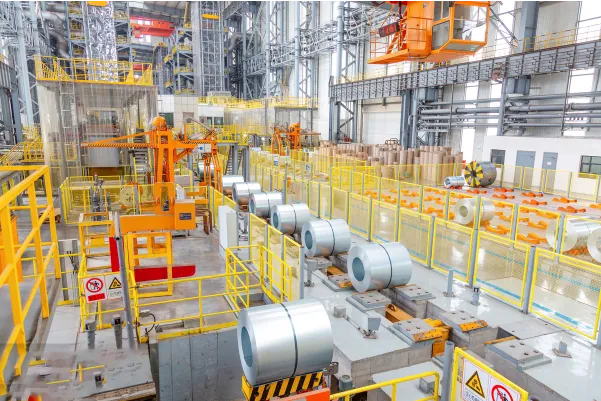
Understanding these families helps you quickly narrow down your options. Instead of getting lost in a sea of numbers, you can start with a broad category that fits your general needs and then fine-tune your selection. For example, our automotive clients often gravitate towards the 400 series for decorative trim due to its good looks and cost-effectiveness, while our partners in the chemical processing industry rely on the superior resistance of the 300 series or the robust strength of Duplex grades.
The Workhorse: Austenitic (300 Series)
This is the most widely used family. Grades like 304 are found everywhere, from kitchen sinks to architectural cladding. When you need enhanced corrosion resistance, especially against chlorides, you step up to 316, which contains molybdenum.
The Cost-Effective Choice: Ferritic (400 Series)
These grades have lower nickel content, making them more affordable and stable in price. Grade 430 is a popular choice for interior applications, home appliances, and automotive trim where extreme corrosion resistance is not the primary concern.
The High-Performer: Duplex
Duplex grades like 2205 offer the best of both worlds: the high strength of ferritic grades and the excellent corrosion resistance of austenitic grades. They are ideal for demanding applications like marine construction, oil and gas pipelines, and chemical storage tanks.
| Grade | Family | Key Features | Common Use |
|---|---|---|---|
| 304 | Austenitic | Good corrosion resistance, excellent formability | Food equipment, architectural |
| 316 | Austenitic | Superior corrosion resistance (chlorides) | Marine hardware, chemical processing |
| 430 | Ferritic | Cost-effective, good for mild environments | Automotive trim, appliances |
| 2205 | Duplex | Very high strength, excellent corrosion resistance | Chemical tanks, structural components |
How Do You Match Your Project Requirements with the Right Grade?
You know the grades and you know your project's needs. But connecting the two can still be a tricky process. The best way is to ask three key questions about your application.
To match a grade to your needs, first assess the operating environment (e.g., marine, chemical). Second, define the mechanical stress requirements (strength, ductility). Finally, consider fabrication needs and budget constraints. The chart helps you find the grade that best balances these factors.

This matching process is where our team at MFY adds the most value. We help clients translate their real-world project conditions into technical material specifications. This is also where the industry is heading. We are actively exploring digital tools, like interactive online charts and even AI-driven recommendation systems, to streamline this process for our partners. Imagine a system where you input your project parameters—environment, load requirements, budget—and receive an instant, data-backed grade recommendation. This is the future of procurement, and it aligns perfectly with our mission to deliver not just steel, but comprehensive, innovative service.
Question 1: What is the Environment?
Will the material be exposed to saltwater, de-icing salts, chemicals, or high humidity? The answer will immediately point you toward or away from certain grades. A coastal environment demands 316 or Duplex, while an indoor, dry application may be perfectly served by 304 or 430.
Question 2: What are the Mechanical Demands?
Will the part be load-bearing? Does it need to withstand high pressure or physical impact? This is where you compare your requirements against the tensile and yield strength data on the chart. High-strength applications may require a Duplex grade over a standard Austenitic one.
Question 3: What are the Fabrication and Budget Constraints?
Does the material need to be heavily formed, bent, or welded? Austenitic grades generally offer the best formability. Finally, balance the technical requirements with your budget. Always aim for the grade that meets the technical minimums in the most cost-effective way.
How Can You Make the Final Informed Purchasing Decision?
You've used the chart and narrowed down your options. But supplier quality and support are still unknown factors. The final step is to look beyond the chart to your supply chain partner.
To make an informed purchase, validate your choice with a trusted supplier. Provide them with your application details and ask for their expert recommendation and material test certificates (MTCs). A reliable partner ensures you get the specified grade and quality, guaranteeing performance.

A grades chart is an indispensable tool, but it's not the end of the journey. The final decision should always be made in consultation with a material expert. As Global Business Director at MFY, I stress to my team that we are not just selling steel; we are providing solutions and building partnerships. We see ourselves as an extension of our clients' procurement teams, offering the expertise needed to navigate these complex choices and ensure every purchase is the right one for the long term.
Beyond the Data: The Supplier's Role
A good supplier acts as your final checkpoint. They can confirm if your chosen grade is appropriate, suggest alternatives you may not have considered, and provide insight into market availability and pricing trends. Their expertise can save you from a costly misstep.
The Importance of Mill Test Certificates (MTCs)
Never complete a purchase without requesting the MTC for the specific material heat lot you are buying. This document is your guarantee. It provides a detailed chemical and mechanical analysis of the material, certifying that it meets the exact specifications for the grade you ordered. It's the ultimate proof of quality and traceability in the supply chain.
Conclusion
A stainless steel grades chart is a vital tool for any buyer. By understanding how to read it and match its data to your project's specific needs, you can make informed, cost-effective decisions that ensure long-term performance. Always partner with an expert supplier to validate and finalize your choice.
Have Questions or Need More Information?
Get in touch with us for personalized assistance and expert advice.
